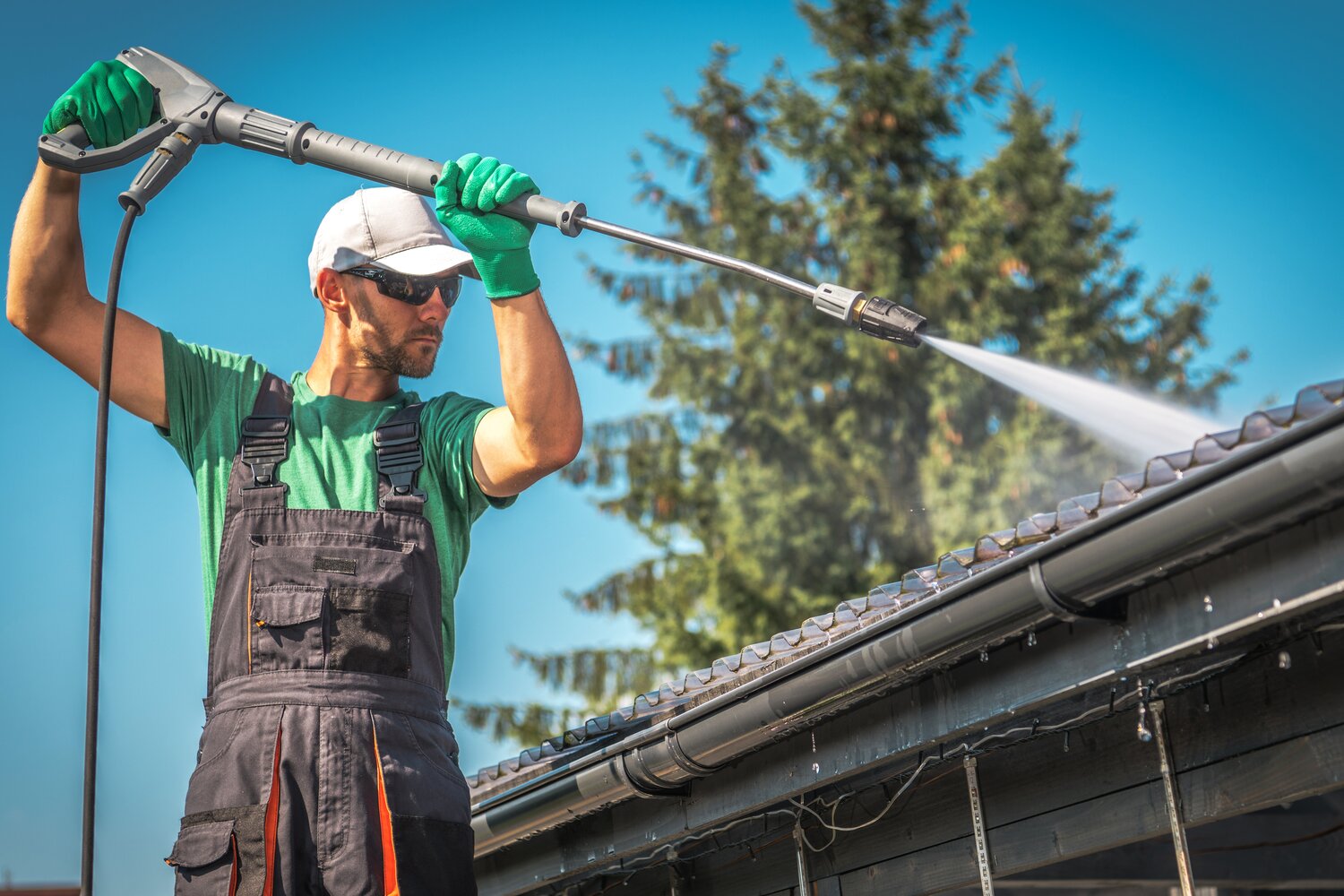Your roof is one of the most critical components of your home, yet it’s often overlooked until a problem arises. Regular roof inspections and maintenance are essential practices that can save homeowners thousands of dollars in the long run. This article explores why preventative roof care matters, how to implement an effective roof inspection checklist, and practical roof maintenance tips that can significantly extend your roof lifespan. Understanding these fundamentals will help you protect your investment and avoid costly emergency repairs.
Why Preventative Roof Care Matters
Preventative roof care is similar to regular health check-ups – it’s always better to catch issues early before they develop into serious problems. Many homeowners mistakenly believe that roofs only need attention when there are visible leaks or damage. However, by the time water is dripping into your living room, the damage has likely been developing for months or even years. Regular maintenance can identify potential issues like cracked shingles, deteriorating flashing, or clogged gutters before they lead to water infiltration and structural damage.
The financial benefits of preventative roof care are substantial. A properly maintained roof can last decades longer than one that’s neglected. Consider that a complete roof replacement can cost between $5,000 and $30,000 depending on the size and materials, while routine maintenance might only cost a few hundred dollars annually. This stark contrast demonstrates why investing in regular inspections and minor repairs makes economic sense. Additionally, addressing small problems promptly prevents them from cascading into more extensive damage that affects insulation, attic spaces, ceilings, and even the foundation of your home.
Creating an Effective Roof Inspection Checklist
A comprehensive roof inspection checklist is your best tool for ensuring nothing gets overlooked. Professional roofers, like those you can find through AskHomey, recommend inspections at least twice a year – typically in the spring and fall – plus additional checks after major storms. Your roof inspection checklist should include examining the roof surface for damaged, missing, or curling shingles; checking flashing around chimneys, vents, and skylights for signs of deterioration; inspecting gutters and downspouts for proper attachment and clearing of debris; and looking for signs of moss, algae, or fungal growth that could indicate moisture problems.
Inside your home, the inspection should extend to the attic, where you should look for signs of water intrusion, proper ventilation, and adequate insulation. Dark spots on wood, damp insulation, or visible daylight coming through the roof boards are all warning signs that require immediate attention. Remember that water doesn’t always drip directly below the leak – it can travel along rafters or other structural elements before becoming visible, making detection challenging without a thorough inspection.
Essential Roof Maintenance Tips for Longevity
Implementing regular roof maintenance tips can significantly extend your roof lifespan. One of the most important tasks is keeping gutters and downspouts clean and properly functioning. Clogged gutters cause water to back up under shingles and can lead to rot in the fascia boards and roof decking. Trimming overhanging tree branches not only prevents them from scraping against and damaging shingles during storms but also reduces the amount of leaves and debris that accumulate on your roof and in gutters.
Another key maintenance task is addressing moss and algae growth promptly. These organisms retain moisture against your roofing materials, accelerating deterioration. Professional cleaning or the installation of zinc or copper strips near the ridge can help prevent regrowth. Ensuring proper attic ventilation and insulation is also crucial for roof longevity. Excessive heat and moisture trapped in an attic can warp roof decking and damage shingles from below, while proper airflow extends roofing material life by maintaining more consistent temperatures.
The Value of Professional Assessments
While homeowners can perform basic visual inspections, a professional roof assessment brings trained eyes and expertise to detect subtler issues. Professional roofers have the safety equipment and knowledge to thoroughly examine all aspects of your roofing system. They can identify problems that might go unnoticed by untrained observers, such as early signs of structural weakness or improper installation issues that could void warranties.
Professional assessments are particularly important after severe weather events. Hail damage, for instance, might not be immediately apparent but could compromise the protective granules on asphalt shingles, shortening their effective lifespan. Similarly, wind damage might loosen fasteners or create small tears that aren’t visible from the ground. Most roofing professionals offer inspection services that include detailed reports and recommendations, helping you plan and budget for necessary maintenance or repairs before emergency situations develop.
Creating a Maintenance Schedule
Developing a consistent maintenance schedule is perhaps the most effective way to implement preventative roof care. This schedule should include regular cleaning, seasonal inspections, and prompt repairs when issues are identified. Document all maintenance activities, repairs, and inspections, as this history can be valuable for warranty claims and when selling your home. Many homeowners find it helpful to set calendar reminders for these activities, ensuring they don’t get overlooked during busy seasons.
Remember that different roofing materials have different maintenance requirements. Asphalt shingles, metal roofing, clay tiles, and wood shakes each have specific vulnerabilities and recommended care procedures. Familiarize yourself with the manufacturer’s guidelines for your specific roofing material to ensure you’re providing appropriate care. The modest investment of time and money in following these guidelines will pay dividends through an extended roof lifespan and fewer emergency repairs.
For more tips and to connect with reliable home service professionals, follow AskHomey on Facebook and Instagram.



